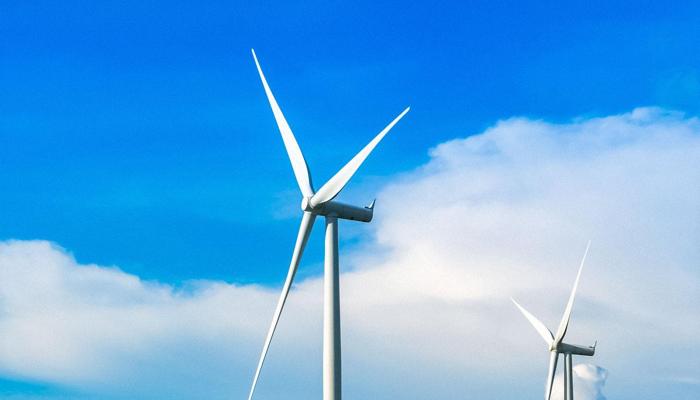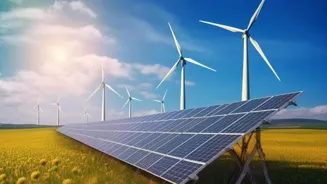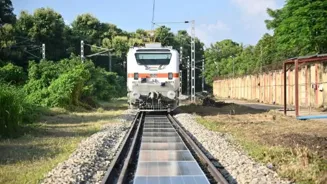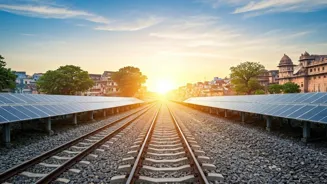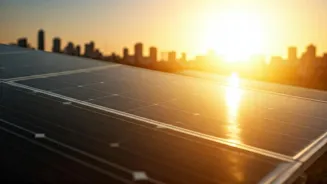Dive into the world of renewable energy with our blog! Learn about solar, wind, hydro, geothermal, and biomass energy. Let's make India greener together! Read more to explore clean energy options
Namaste,
readers! Are you feeling the garmi increase every year? Climate change is real, and it's affecting all of us in India. One big solution is to use more 'renewable energy'. But what exactly is renewable energy? And how does it work, bhai?
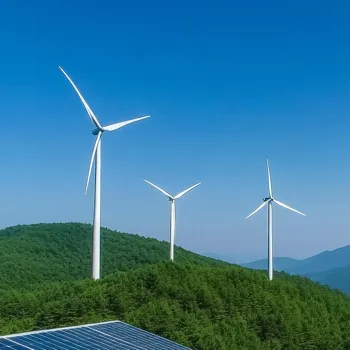
Don't worry, we'll explain it in simple terms, just like how your nani explains complicated family matters!
Renewable energy is energy that comes from sources that naturally replenish themselves. Think of it like pani in a well that refills itself after you take some out.
Unlike fossil fuels like coal and petrol, which will eventually run out, renewable sources are practically endless. Using them can help us reduce pollution and create a cleaner, greener India for our future generations.
Let's explore five common types: solar energy, wind energy, hydroelectric energy, geothermal energy, and biomass energy. Each one has its own way of harnessing nature's power. Get ready to learn something new!
Solar Energy: Capturing the Sun's Power
Imagine you're soaking up the sun on a hot summer day. Solar energy works on a similar principle, but instead of your skin, we use special "solar panels" to capture the sun's energy. These panels are made of materials that convert sunlight directly into electricity.
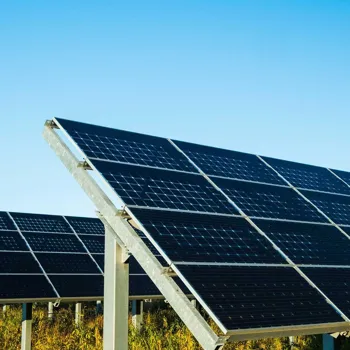
It's like magic, but it's actually science! Solar panels are often placed on rooftops, in open fields, or even integrated into building materials.
When sunlight hits the solar panel, it excites tiny particles called electrons in the panel's material.
This excitement causes the electrons to flow, creating an electrical current. This current can then be used to power homes, businesses, or even entire cities. The electricity generated needs to be converted from DC to AC to be used in our homes.
Solar energy is a fantastic option because it is widely available, especially in a sunny country like India. Plus, once the panels are installed, the upkeep is relatively low.
While solar energy is a great source, it's not available 24/7.
Solar panels only work during the day when the sun is shining. They will work lesser on cloudy or rainy days, so there will be less power being generated. To tackle this challenge, we can store the excess electricity generated during the day in batteries.
These batteries can then be used to power our homes at night or on cloudy days. Another good solution is using solar energy along with other renewable energy sources, like wind or hydro, to ensure a consistent power supply.
Wind Energy: Harnessing the Power of the Breeze
Have you ever flown a kite and felt the power of the wind pulling on the string? Wind energy works in a similar fashion, but on a much larger scale. Instead of a kite, we use giant "wind turbines" with blades that resemble airplane propellers.
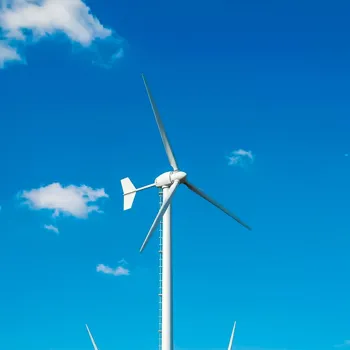
These turbines are usually placed in open areas where the wind blows strongly and consistently, such as coastal regions or mountaintops.
When the wind blows, it turns the turbine blades.
The blades are connected to a generator inside the turbine, which converts the rotational motion into electricity. It is like a water pump uses the physical motion to take the water out.
The electricity generated is then sent through cables to the power grid, where it can be distributed to homes and businesses. Wind energy is a clean and abundant source of power, especially in India with our long coastline.
Wind energy, just like solar energy, depends on the weather.
The wind doesn't always blow at the same speed, and sometimes it doesn't blow at all. This "intermittency" can be a challenge for relying solely on wind power.
Similar to dealing with inconsistencies in the solar energy, to deal with the intermittency of wind energy, we can combine it with other renewable sources or use energy storage solutions, like batteries. This will help keep a consistent power supply, even when the wind isn't blowing strongly.
Hydroelectric Energy: Power from Flowing Water
Imagine a mighty river rushing down a mountain. Hydroelectric energy uses the power of that flowing water to generate electricity. This is typically done by building a dam across a river, creating a reservoir of water behind the dam.
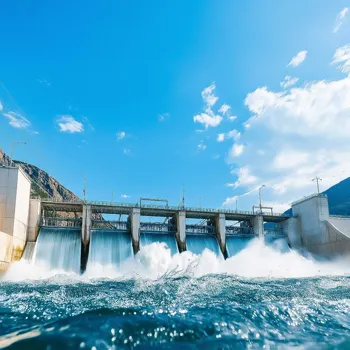
The water is then released through turbines, which are like giant water wheels, causing them to spin.
As the turbines spin, they turn a generator that converts the rotational motion into electricity. The electricity is then sent through power lines to homes and businesses.
Hydroelectric power is a reliable and long-standing source of renewable energy. India has several large hydroelectric projects, which have been providing power for many years. This reliable way to generate electricity helps the country meet its power demands.
While hydro energy is clean and reliable, building large dams can have major effects on the ecosystems to which the rivers belong to. Dams can alter river flow, disrupt fish migration, and flood habitats.
Considering the effects and finding ways to minimize them is important to ensure that hydroelectric projects are sustainable. Newer hydro technologies are also available, such as run-of-river systems, which have a smaller environmental footprint compared to traditional dams.
Geothermal Energy: Tapping into the Earth's Heat
Did you know that the Earth's core is incredibly hot? Geothermal energy taps into this heat to generate electricity or provide heating and cooling directly. This energy comes from the radioactive decay of materials deep inside the Earth. This heat then warms up the surrounding rocks and water.
There are several ways to harness geothermal energy. One way is to drill wells deep underground to access hot water or steam. This hot water or steam then turns the turbines of a generator, which produces electricity. Another way is to use geothermal heat pumps to heat and cool buildings directly.
Geothermal energy is a constant and reliable source of power, as the Earth's core remains hot and stable.
Geothermal energy is a great source of clean reliable energy. Geothermal resources are not always widely available.
Geothermal plants require specific geological conditions, such as the presence of underground reservoirs of hot water or steam. However, many areas of India, especially in the Himalayan region, have the potential for geothermal energy development.
Exploring and developing these resources can help to diversify India's energy mix.
Biomass Energy: Power from Plants
Think about all the plants and trees around us. Biomass energy uses organic matter, such as wood, crops, and agricultural waste, to generate electricity or heat. It's like recycling nature's leftovers for energy!
Biomass can be burned directly to produce heat, or it can be converted into biofuels, such as ethanol or biodiesel, which can be used to power vehicles.
When you burn biomas, it creates heat that boils the water.
This water is converted to steam to turn the blades of the trubine and generate electricity.
Biomass energy is a renewable resource. New plants are growing to replace the plants that are being burnt.
Biomass offers a way to reduce reliance on fossil fuels and create new opportunities for farmers and rural communities. In rural India, biomass is used for cooking and heating, but we can also use it for electricity generation.
While biomass energy can be useful, it's important to manage the resources properly. Burning biomass, depending on the amount, can negatively affect the air quality and release pollutants. The conversion of land for growing biomass crops can sometimes affect the ecosystems.
So, sustainable practices are important, such as using waste materials and ensuring that the biomass is produced and used responsibly.
So, there you have it! Five types of renewable energy explained in simple terms.
By understanding these sources of clean energy, we can all do our part to build a brighter, more sustainable future for India.
Every small thing that we do, whether it includes using less resources, saving electricity, planting trees, helps the resources get consumed less and become a part of the greener and cleaner India. Let's all support the cause of renewable energy, for our children's sake!
